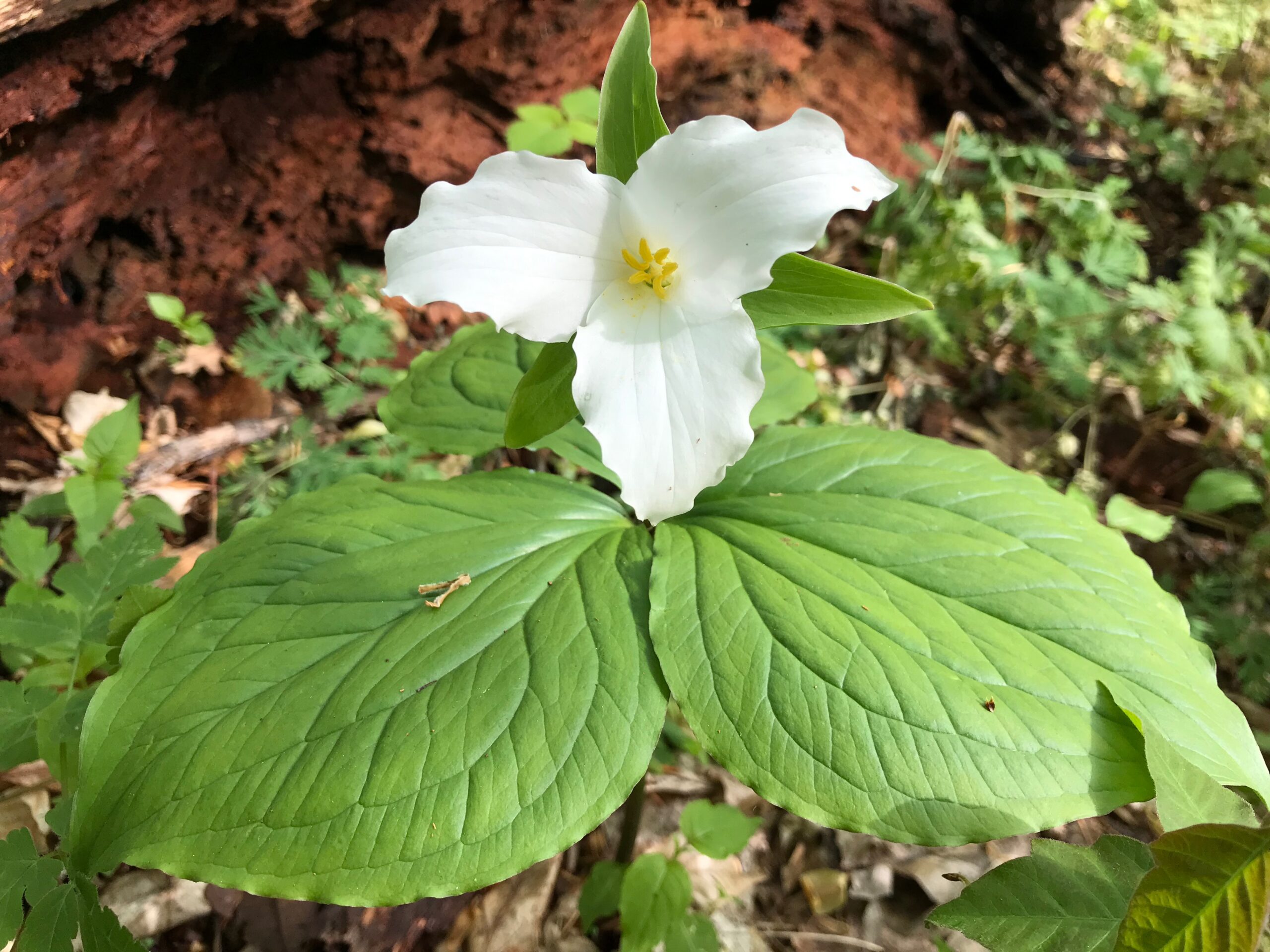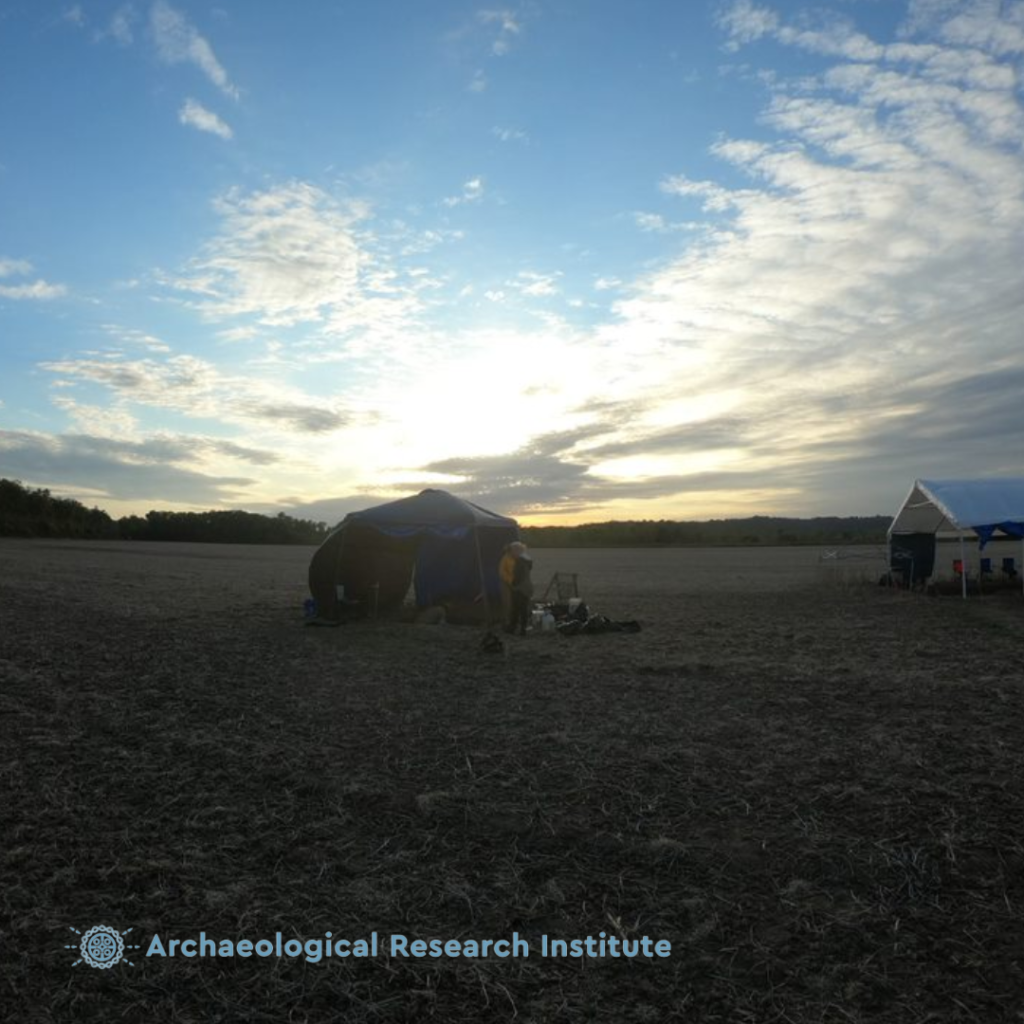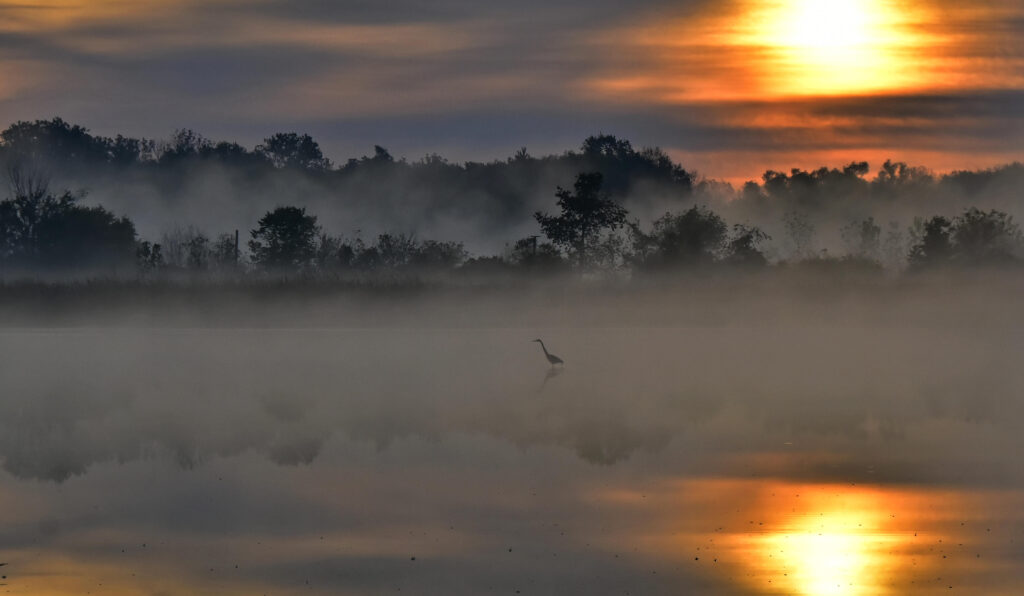
Find your next adventure on an Indiana trail this spring!
Discover natural areas stewarded by land trusts and conservation partners across the state. We’ve put together a list of our members’ favorite Indiana hikes to take in spring sights, sounds, and smells. Before you visit, please visit the organization’s website and social media pages for hours and policies.
#1 – Stout Memorial Woodland
Protected by Red-Tail Land Conservancy

Stout Memorial Woodland in Henry County is certainly deserving of its status as a state dedicated nature preserve. This is one of the finest upland hardwood stands in east central Indiana. Giant old growth trees including tulip poplar, oak, walnut, maple, and beech stand strong. These anchors of the landscape look down on spring wildflowers like bloodroot, trout lily, and dutchman’s breeches in April and May. Bluebirds take residence in the holes left in the grand trees by woodpeckers and other animals. Beautiful in all seasons, this preserve is a great place to bring the family for your next outdoor adventure.
#3 – Big Walnut Nature Preserve, Tall Timbers Trail
Protected by The Nature Conservancy
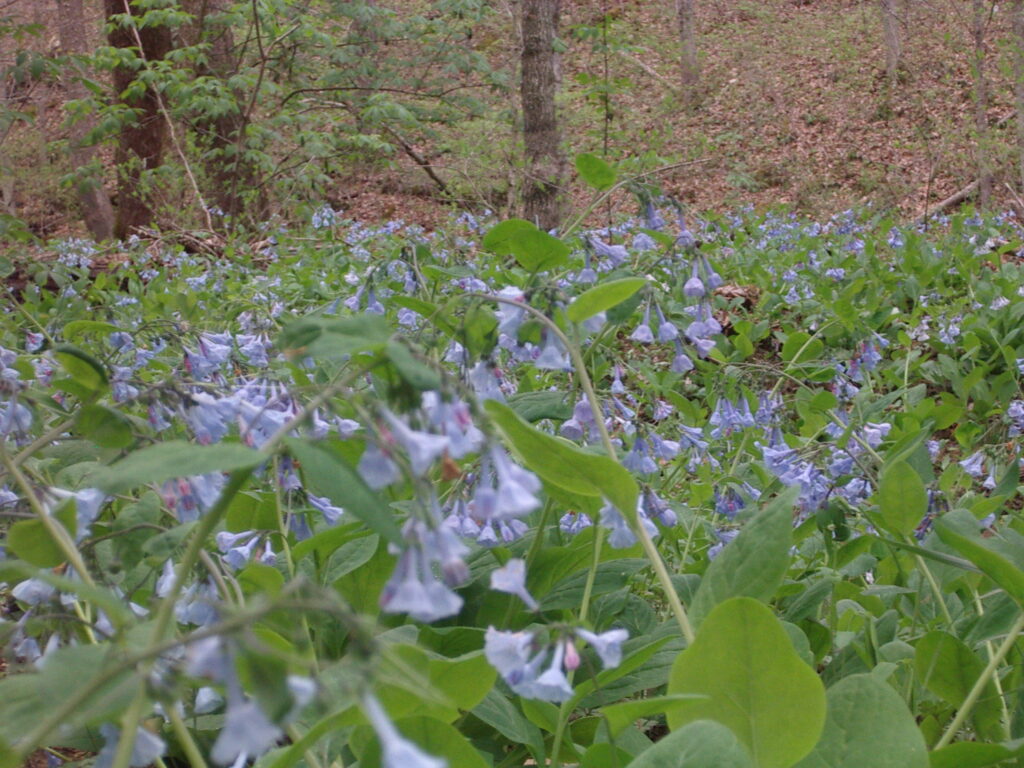
This Indiana hiking destination is situated among the rolling hills and steep ravines of Big Walnut Creek Valley. With glacial relic stands of hemlock, this area was designated as a national natural landmark in 1968. Visitors will see the largest known hemlock trees in the state scattered among a rare beech, sugar maple, tulip poplar climax forest in Putnam County.
Spring brings a carpet of wildflowers including spring beauties, shooting stars, Virginia bluebells, and large-flowered trilliums, and the emergence of cerulean, worm-eating and hooded warblers and great blue herons. The average wildflower peak is around April 25, but you can’t find a bad time to visit this preserve. Prepare for stream crossings and climbs in a steep ravine.
#4 – Burnett Woods Nature Preserve
Protected by Central Indiana Land Trust
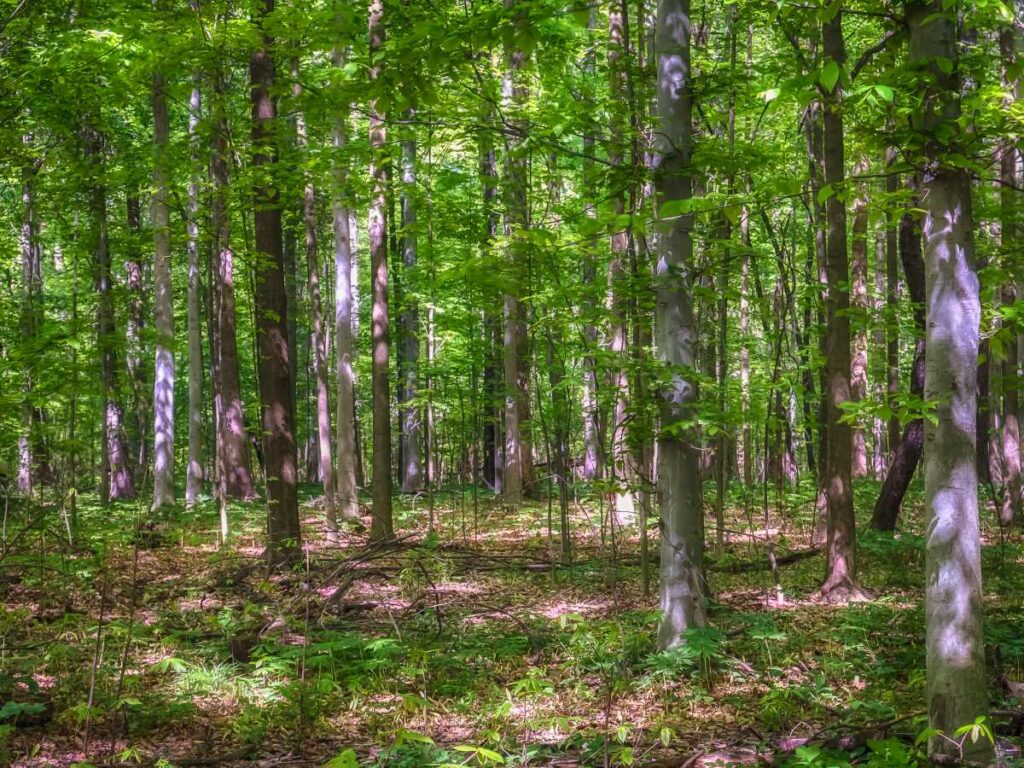
Burnett Woods Nature Preserve offers a tranquil hike through mature woodlands near Avon. Fall colors and spring wildflowers make this a seasonal destination, but its canopy is cooling even on the hottest days of summer.
Hikers find tall black walnut, beech, oak, hickory, sugar maple, and tulip poplar trees growing here, as well as diverse understory shrubs from pawpaw to spicebush. Each April many stunning wildflowers bloom on the forest floor, including wild geranium, woodland phlox, prairie trillium, and toad-shade trillium. Slow-moving streams flow westward through the property.
With two marked loop trails over level ground, this state dedicated nature preserve is a great place to hike with all ages.
#5 – Eagle Marsh, Trail 8 and Accessible Floating Trail
Protected by Little Rivers Wetlands Project

#6 – Orangeville Rise Nature Preserve
Protected by Indiana Karst Conservancy
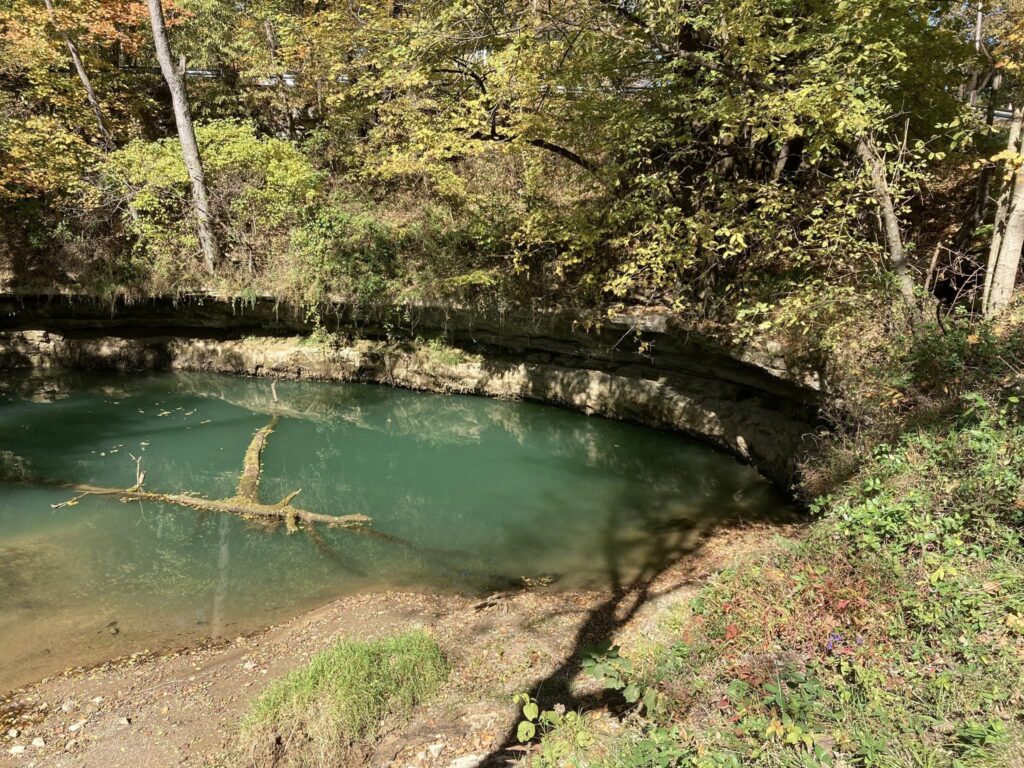
#7 – Webster Woods
Protected by Oak Heritage Conservancy
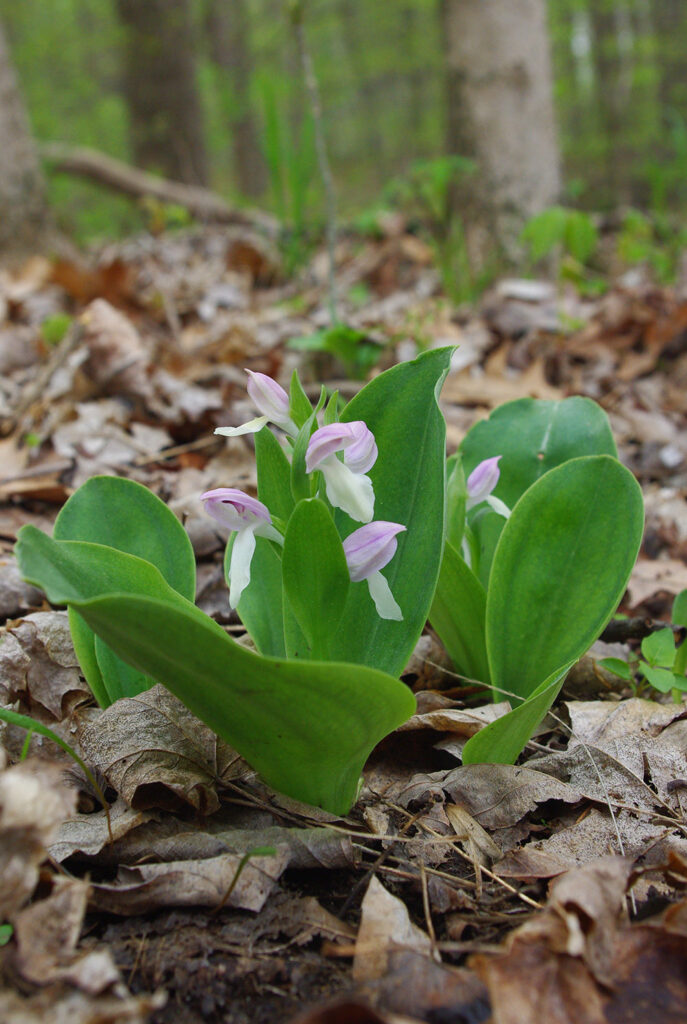
While hiking at Webster Woods Preserve in Jefferson County, you might be lucky enough to see several of Indiana’s 40 native species of orchids along the trail including Showy Orchid. In this forest, wind is the natural disturbance regime. When soils are saturated during winter and spring rains, heavy winds will cause trees to topple. The craters left as a result of roots being pulled from the ground are a perfect place for young frogs and salamanders to grow up. This easy one mile walk wanders among tulip poplar standing tall over patches of mayapple and Christmas fern, Lady Rattlesnake Fern, and interpretive signs to help visitors learn as they hike.
#8 – Dune Loop Trail, LC Nature Park
Protected by LC Nature Park
